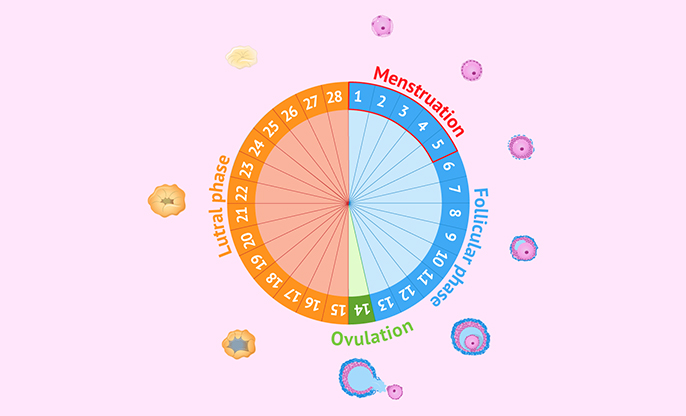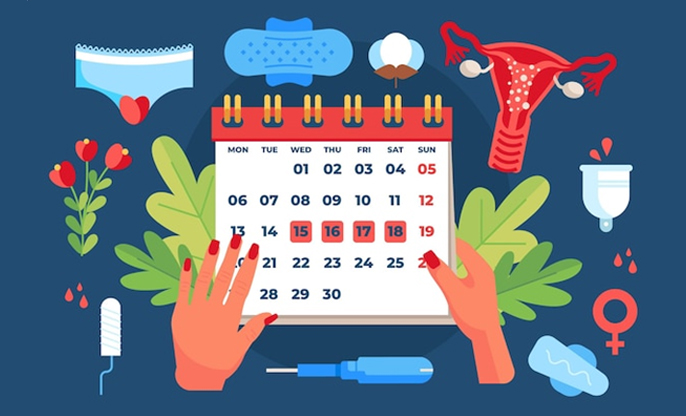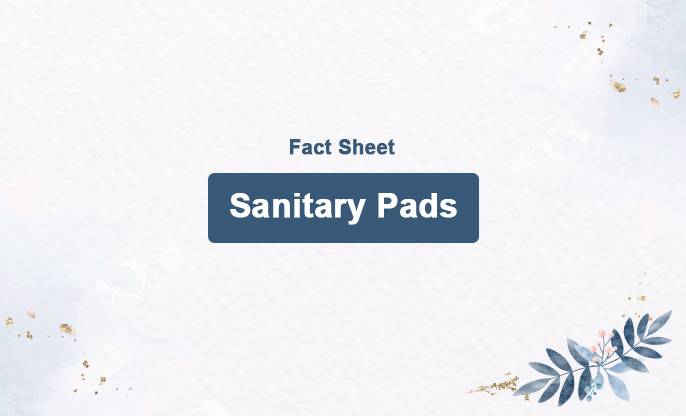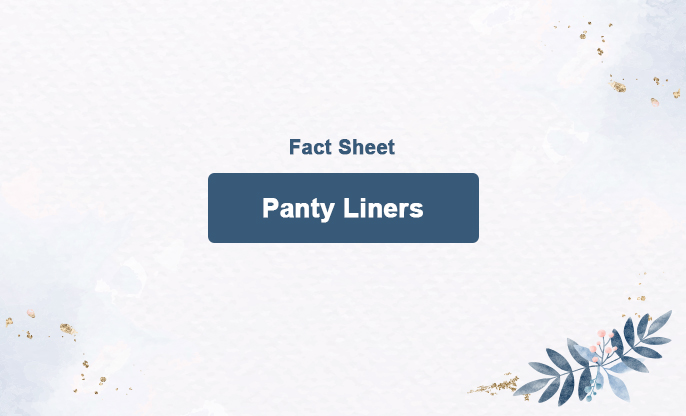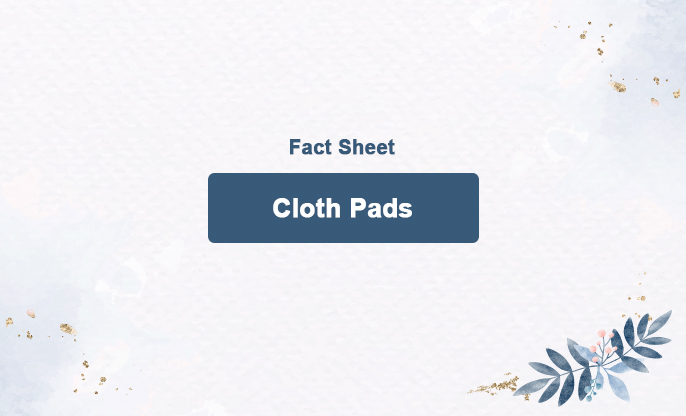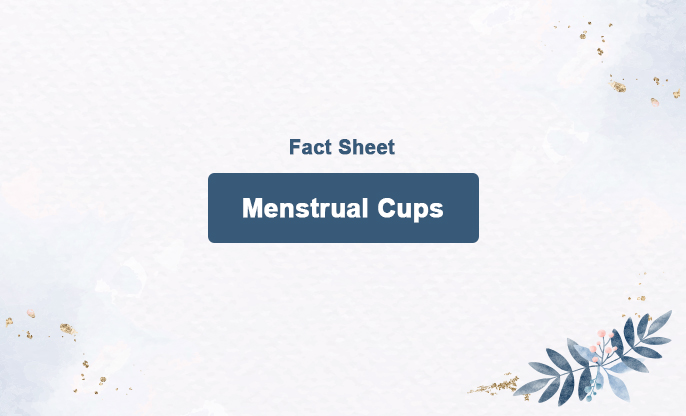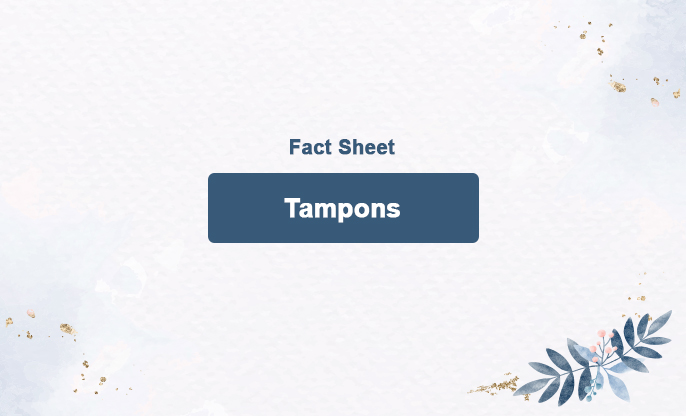
What is this?
A tampon is a small, cylindrical product designed to fit inside the vaginal canal. Made of compressed material, it expands when it absorbs moisture. The string extends outside the vagina, allowing for easy removal.
The applicator, which houses the tampon and string, consists of three parts: the barrel, grip, and plunger. With travel-sized tampons, you might need to extend the plunger and click it into place. The plunger pushes the tampon out of the applicator by holding the grip with your fingertips and pressing on the end of the plunger with another finger.
Tampons can be inserted into the vagina with or without an applicator, unlike pads, which are worn externally. Once correctly inserted, the tampon is held in place by the vagina and expands as it absorbs menstrual blood. Tampons come in various absorbency levels, such as light, regular, and super, to accommodate different flow levels.
What is it made of?
The absorbent core of the tampons is made of materials such as cotton, viscose rayon or a blend of the two or equivalent materials that are proven absorbent and biocompatible. The overwrap is made of nonwoven material or perforated film to facilitate insertion and removal of the tampon, keep the tampon fibers intact, and aid the absorption of fluid. The materials used in the construction of the string may be cellulosic or synthetic fibers or a blend of both. Examples include polyester, cotton, viscose, rayon or blend of any.
How to use it?
Wash your hands. You have to make sure you don’t spread any germs inside your vagina, even if you think you won’t come in close contact with the labia.
For first time users, grab a hand mirror, and get into a comfortable position. For some people, this is a squatting position with their legs bent, like you are sitting on the toilet.
Once comfortable, insert the tampon.
Find the vaginal opening, and insert the applicator tip first. Gently push the plunger all the way in to release the tampon inside the vagina.
Once you’ve inserted the tampon, you can remove the applicator and discard it.
If you’re using an applicator-free (digital) tampon- you’ll use your fingers to push the tampon into your vagina. First, wash your hands. It’s important to wash your hands with applicator-free tampons, because you’ll be inserting your finger inside your vagina.Unwrap the tampon from its packaging. Again, you’re going to want to get in a comfortable position.Then, use your finger to act like the plunger, and push the tampon up inside your vagina. You might have to push it farther than you think so it stays secure.
Pros and Cons:
Pros
Their size makes them small enough to fit in a tiny pocket or in the palm of your hand, so they’re convenient and discreet.
You can swim in them.
You don’t have to worry about them being visible.
You can’t feel them when they’re in properly.
Cons
The biggest downside to wearing tampons is the risk of toxic shock syndrome (TTS). It’s a rare but life-threatening complication of certain types of bacterial infections. Use the lowest absorbency tampon you can, change your tampon frequently, alternate between tampons and pads when your flow is light, avoid wearing a single tampon all night.
Inserting them can be uncomfortable, especially when trying a new one.
Finding the right size and type for your flow takes some trial and error (i.e., there will be accidents).
They have a big environmental impact, with millions of tampons and their packaging ends landfills every year.
They can sometimes irritate and dry out your vagina, making it itchy and uncomfortable.
